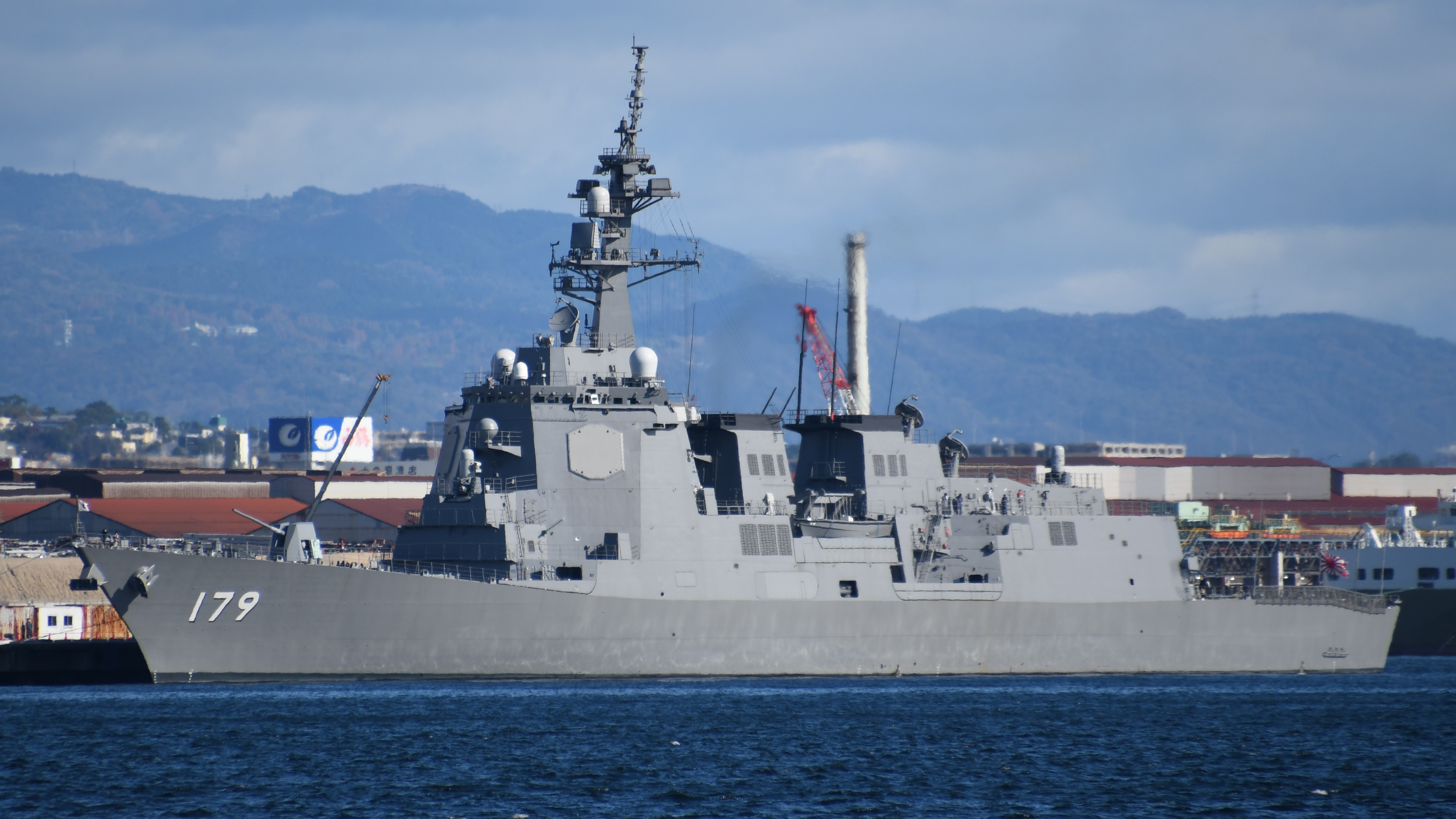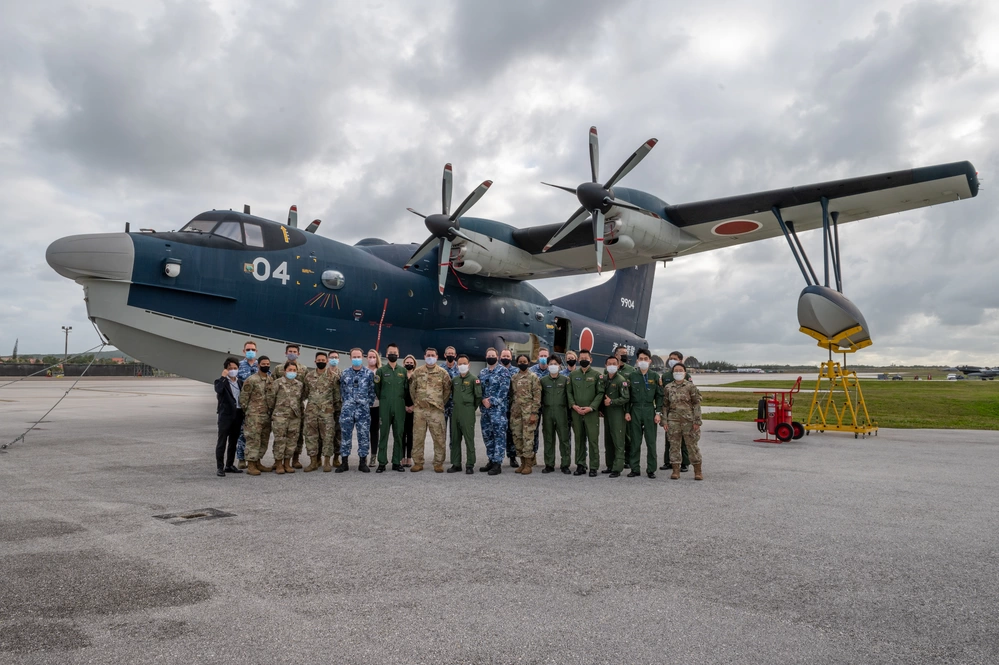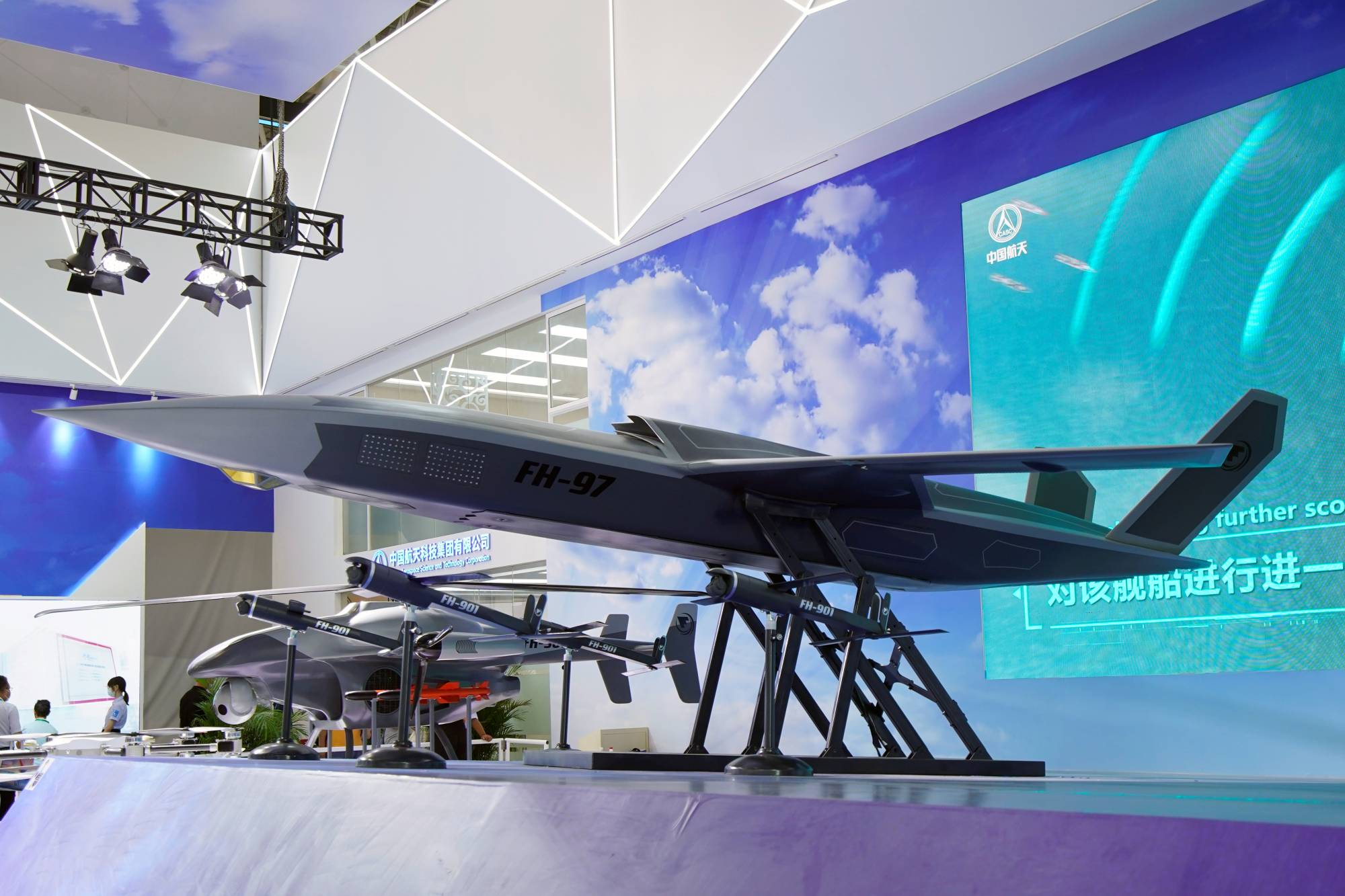Japan to Build Two 20,000-ton Missile Defense Warships, Indian Carrier Commissions
Japan’s Ministry of Defence is proposing to build a pair of ballistic missile defense ships – the among largest warships in the Japanese inventory since World War II – government officials said last week. The Ministry of Defense listed design expenses and engines for the two Aegis BMD ships...

news.usni.org
The two Aegis destroyers are expected to have a displacement of around 20,000 tons with a length of 690 feet and a beam of around 130 feet, making them one of the largest and heaviest ship that the JMSDF will operate. In comparison the
Izumo class helicopter destroyers have a displacement 19,800 tons (27,000 tons with a full load) with a length of 800 feet and a beam of 124 feet while Japan’s largest destroyers are the
Maya class destroyers, which have a displacement of 8200 tons and a beam of 22.2 meters.
The ships are to have a crew of 110 personnel with personnel accommodations being enhanced to enable long deployments on station around Japan. The Ministry of Defense is likely pushing for the first ship to be commissioned in 2027, with the second in 2028, USNI News understands.













